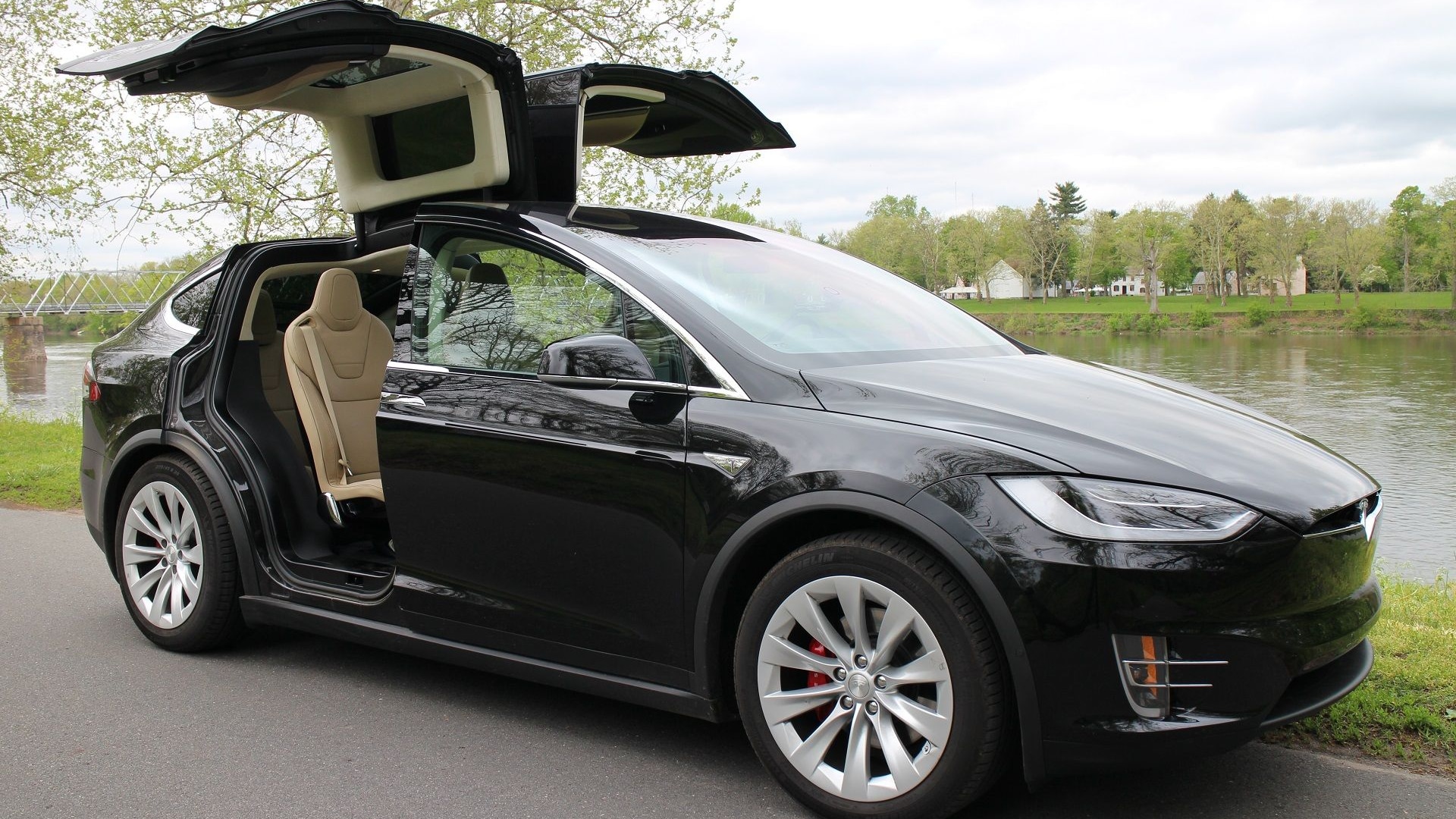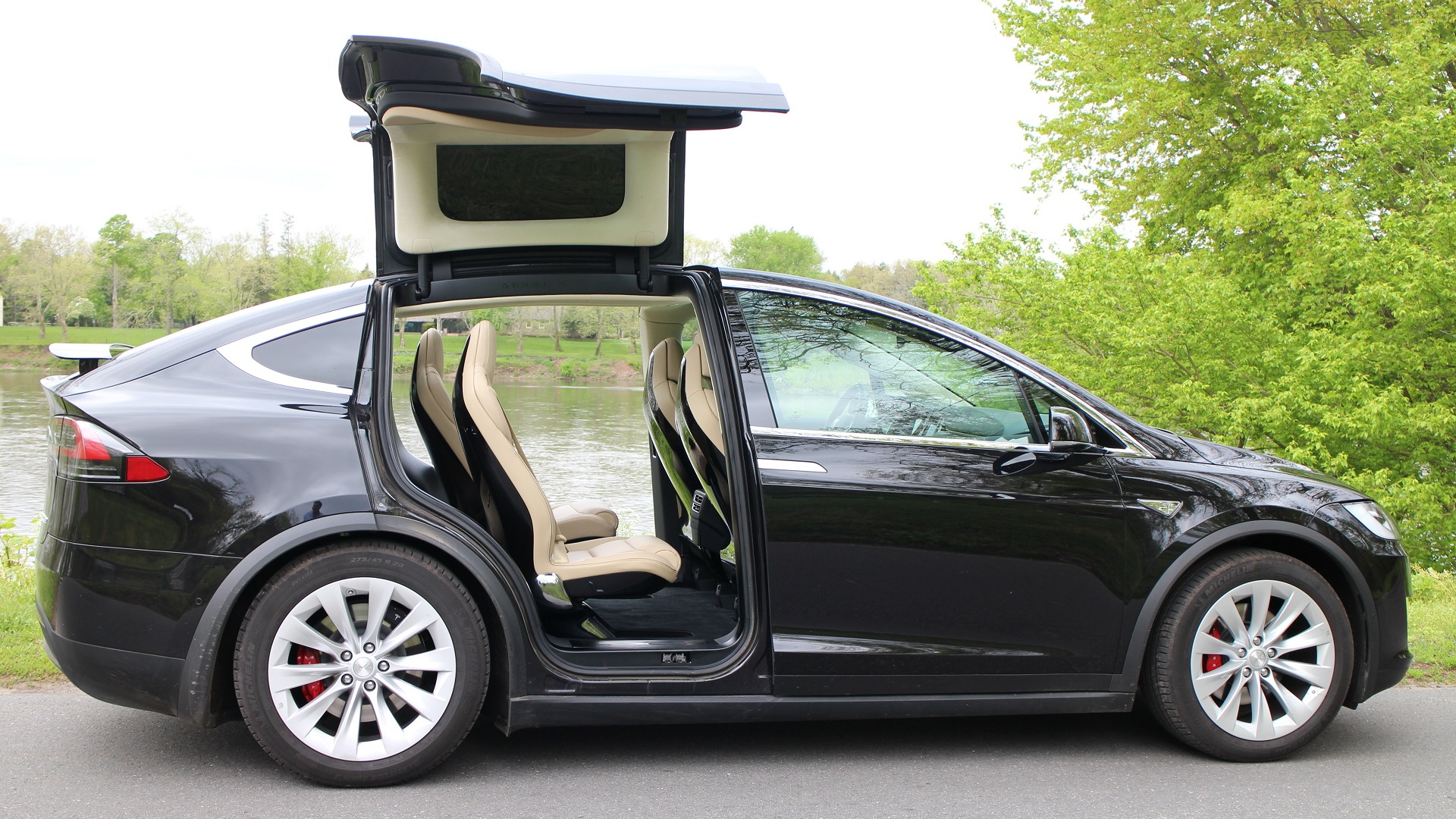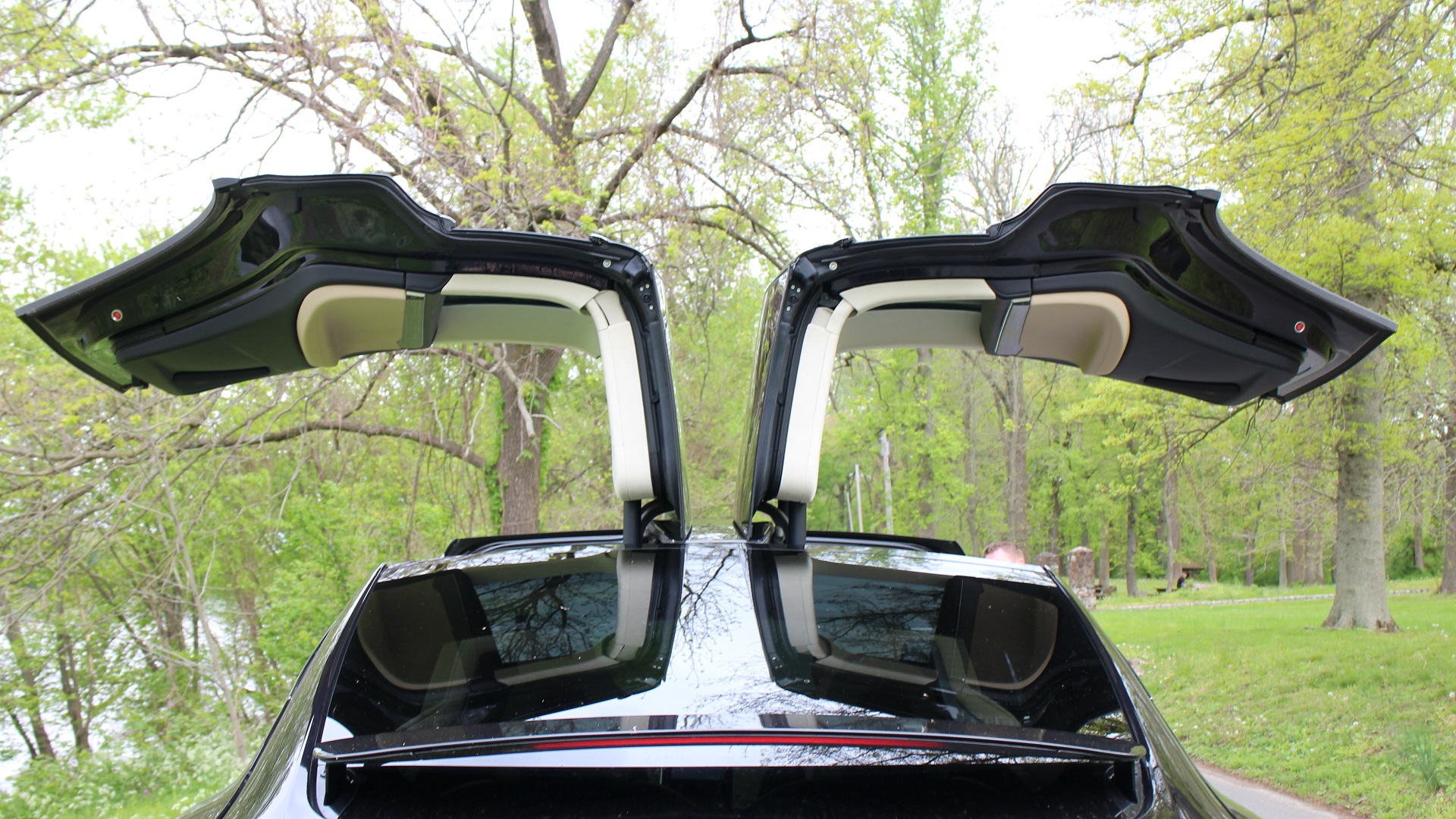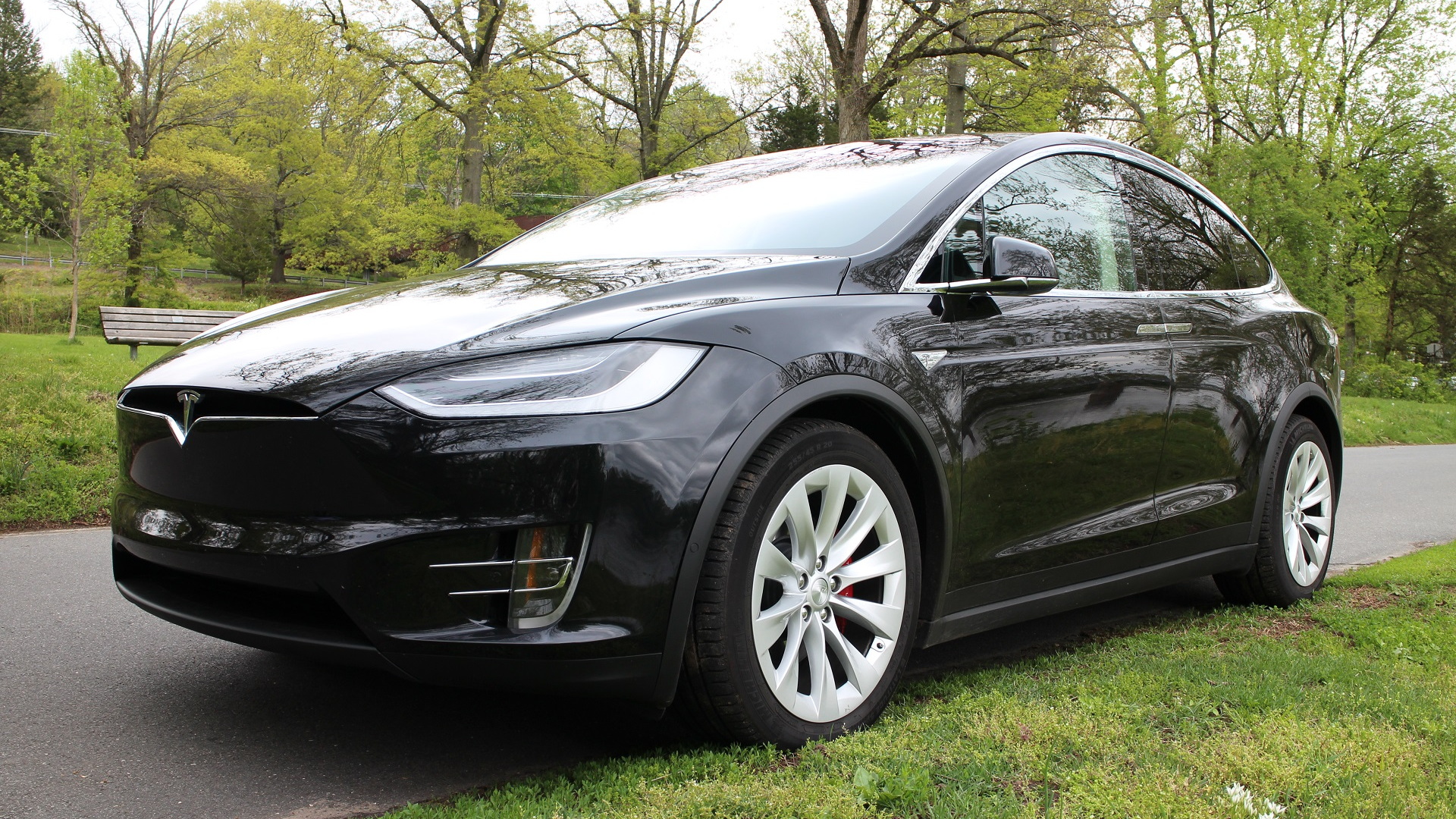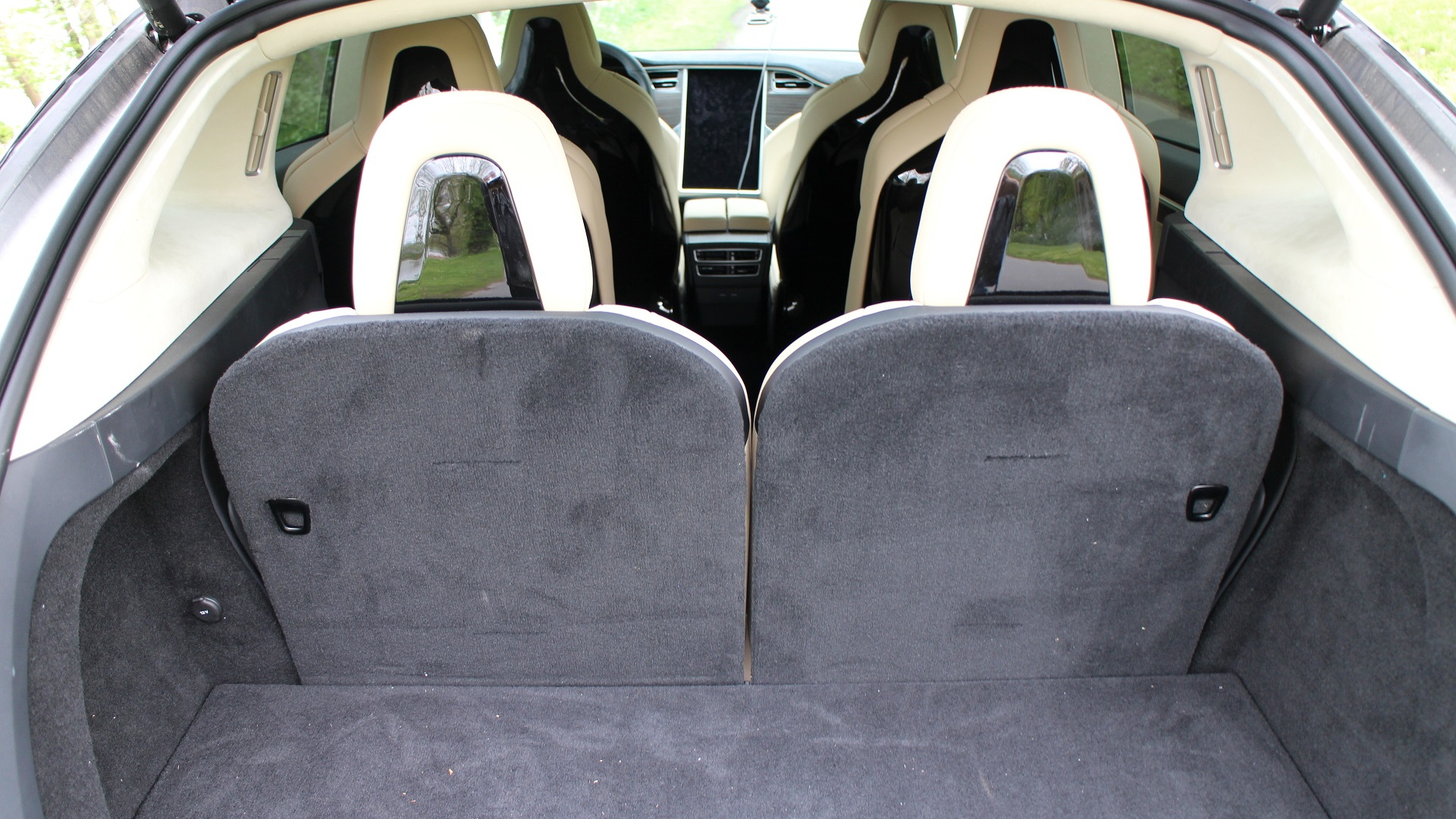A few years ago, before the Tesla Model X electric SUV went into production, company CEO Elon Musk said he thought it could outsell the older Model S hatchback luxury sedan.
That hasn't happened.
In the first three months of this year, Tesla said it delivered 11,550 Model Xes—but 13,450 Model Ses.
DON'T MISS: 2016 Tesla Model X first drive review
The last quarter of 2016 had similar numbers: 9,500 for the Model X versus 12,700 for the Model S.
The big electric crossover utility vehicle, in fact, now appears to make up only about 40 percent of the company's total production and sales. In no quarter has it outsold the Model S.
So what exactly went wrong?
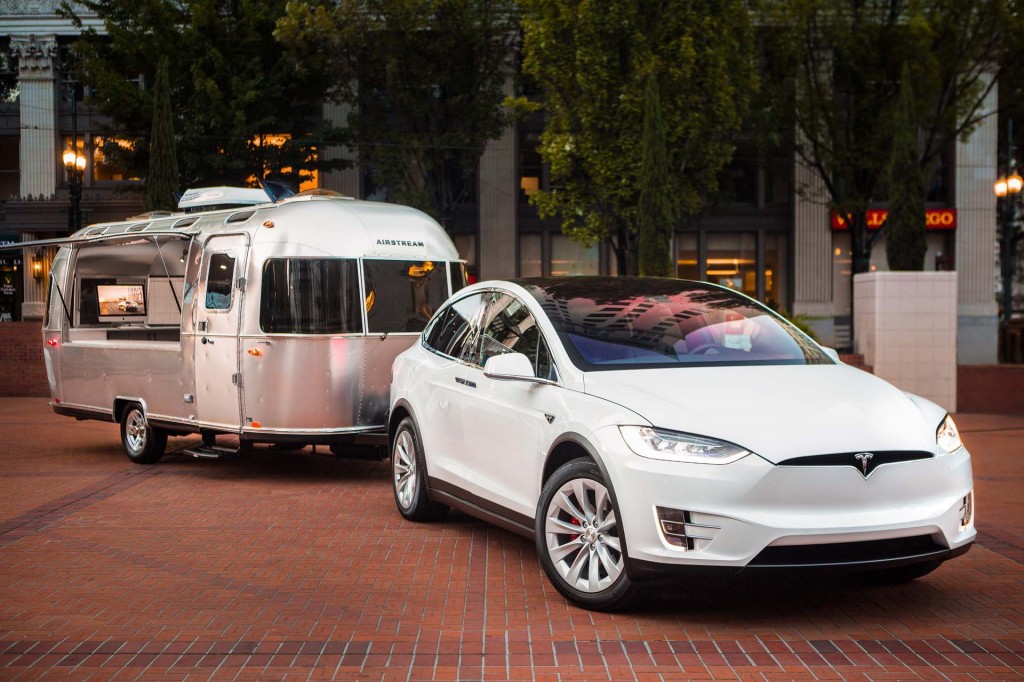
2017 Tesla Model X
As an article last week in Bloomberg by noted Silicon Valley reporter Dana Hull notes, the Model X hasn't followed the current U.S. sales pattern of outselling comparable sedan models.
With crossover utilities and SUVs of all sizes and prices continuing to dominate sales, at the expense of passenger sedans and hatchbacks, the newer Model X remains a lower-volume vehicle than the Model S—now in its sixth model year.
Moreover, IHS Markit reports that U.S. registrations of the Model X have declined from their pace in the first two quarters of 2016.
READ THIS: Have Tesla Model S and Model X electric-car sales plateaued?
A Tesla spokesperson told Bloomberg that lag was due to working through a backlog of overseas orders and building up Model X test vehicles in the fleets its stores use for test drives.
“You don’t hear a lot of buzz about the Model X," said Autotrader analyst Michelle Krebs, "and when you do, it’s the negative stuff.”
“Luxury SUVs are really hot right now, and the Model X should have been a big hit and broadened Tesla’s audience."
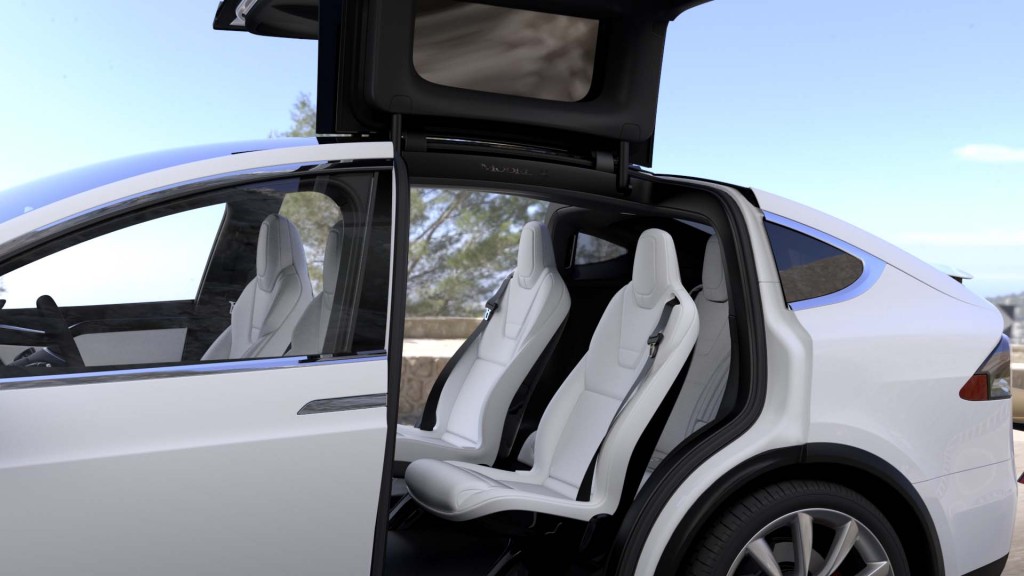
2017 Tesla Model X
The Bloomberg piece suggests that the complexity of the Model X—which Musk has admitted the company wouldn't replicate if it were starting from scratch today—has kept its cost high, limiting sales.
The least expensive Model X today costs $72,500 before incentives, though it comes with all-wheel drive as standard (it's an option on a few versions of the Model S).
But another problem may lie in the SUV's lack of utility: its lack of certain features other crossovers or minivans offer as standard.
CHECK OUT: 2017 Tesla Model X electric-car pricing, feature changes
Until last December, the individual rear seats of the five-seat version slid forward, but they couldn't be folded down to create a full flat-floor load bay. That ability was added last December, but may have deterred buyers last year.
The third-row seat in six- and seven-seat Model X versions does fold flat, but not the middle row. That limits utility for owners who want, for example, to carry an entire bicycle without removing a wheel.
Model X owners surveyed say they're largely happy with their purchases, but the quality issues on earlier vehicles—especially with malfunctioning "falcon doors" and even the sun visors, which pull out from the windshield pillars—may have kept some buyers away.

Tesla Model X by Unplugged Performance, 2016 SEMA show
In the end, the vehicle's complexity, cost, and lack of a fold-down rear seat may have combined to dissuade a few likely customers who might otherwise have bought a Model X.
“The X was a big science experiment to say, ‘How far can we go?’," said Jake Fisker of Consumer Reports told Bloomberg, "And they went too far.”
EDITOR'S NOTE: An earlier version of this article noted that the Model X's individual rear seats slide forward, but "can't be folded down to create a full flat-floor load bay." As several commenters pointed out, that applied only to certain versions, and a fold-down seat has been available since December. We've updated the description accordingly.
_______________________________________
